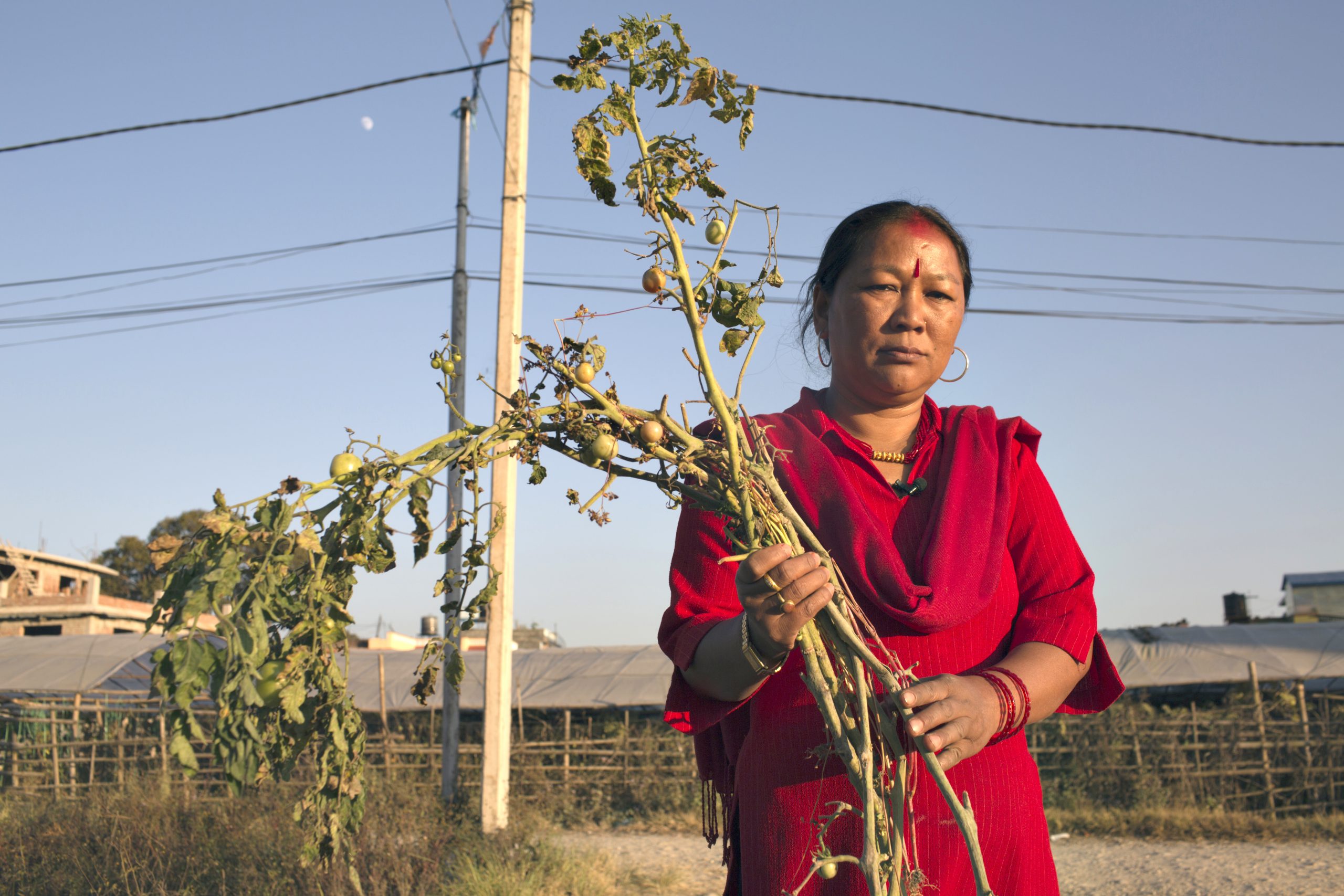
CASA video digest shares findings of the Asia Agriculture Climate Finance Summit
December 10, 2021
CASA joined Grow Asia for the Asia Agriculture Climate Finance Summit on 17 November 2021. This was a chance to consult with investors about how to drive more investment into climate finance initiatives. After five hours of discussions, some concrete ideas for action emerged. To share this information CASA has developed a one-pager and a video digest of the key notes and feedback from the breakout sessions.
Alvaro Valverde, from CASA, noted: ‘We are very conscious that investors have very limited time to take onboard information. So, we continue to work to edit our outputs to provide essential briefings. The CASA 4×4 series of videos provides four detailed insights into just four minutes per insight. Now we have extended that idea and offer a video digest which also incorporates the highlights of the keynote speakers. There are even key findings that are condensed to just one side of A4.’
The climate summit was exploring the four priority areas identified by FCDO in the context of COP26. These are:
- Mobilizing $100 billion per year for climate finance
- Working towards net zero
- Implementing nature-based solutions
- Improving agricultural resilience through climate smart agriculture
The first keynote speaker, Jonny Casey, the CASA climate change specialist provided by CABI, presented the findings from the report Private finance investment opportunities in climate-smart agriculture technologies. He explained how investors and innovators helped CASA identify eight climate technologies that have significant potential across Asia and Africa. Less than 1% of climate finance is directed towards climate-smart agriculture technologies, when agriculture counts for 24% of all global emissions and it is also one of the sectors most vulnerable to to climate impacts. India is showing the greatest growth in climate-smart approaches because of low barriers to entry and strong digital infrastructure.
The eight climate-smart technologies showing promise are:
- Biodigesters
- Solar–powered drip irrigation technologies,
- Solar-powered cold chain storage
- Solar drying
- Smart irrigation
- Biocontrol products, reducing chemical pesticides use
- Biocoatings which extend the life of produce
- Information technology platforms.
Innovative business models are helping to scale some of these technologies, for example, a solar-powered cold storage facility used a warehouse receipt approaches (warrantage) to allow farmers to access finance. The brokerage in fees increased their revenue and profit. Bundling products and services, for example, in mobile-based value added services, increase the willingness to pay of smallholder farmers.
The second keynote speaker, Erin Sweeney of GROW ASIA, drew her keynote from the ASEAN Responsible Investment in Agriculture (RIA) guidelines and recently published taxonomy. She noted the opportunities and barriers in the ASEAN region around increased sustainable investment in agriculture and forestry and land use sectors. ASEAN Heads of State had adopted a voluntary guide framework to try to balance the rights and interests of different stakeholders and create a reference point for all future investment. The ten principles of the guidelines are increasingly being adopted into policy and law across the region. Grow Asia is supporting investors to work within the new guidelines and showcasing successful investments in inclusive and sustainable agriculture.
CASA looks forward to further developing its partnership with Grow Asia and the investors in South Asia to help them explore pathways to increased investment in climate smart smallholder agriculture.